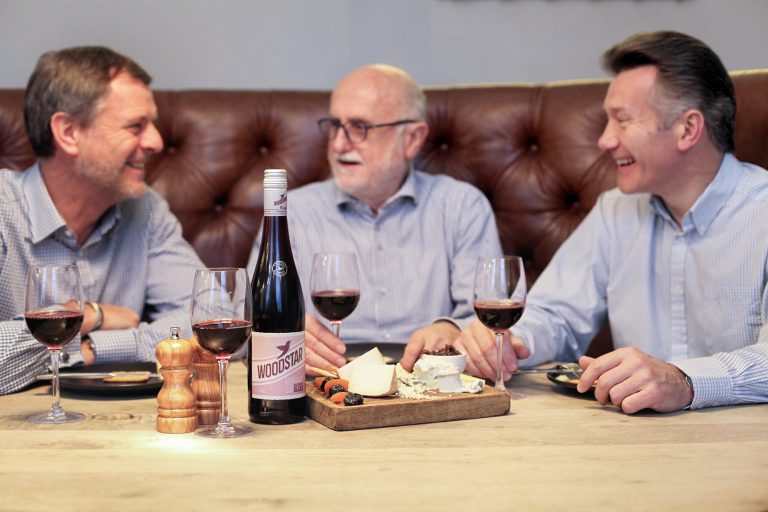STAFF WRITER on 07 July, 2017 at 07:07
Sometimes the need for a new product is so obvious that it’s frustrating that nobody has been able to come up with something suitable. Take that moment when you’re at a particularly nice restaurant: the food is lovely, the company is invigorating, and yet the wine is… Well, sometimes you can’t have the wine because you’re driving, or simply hoping not to be a bit fuzzy the next morning. So where do you turn?
That familiar situation tends to lead to familiar disappointment. Water? Juice? A soft drink? Last on the list is usually the feared low-alcohol wine, which tends to taste nasty while taking all of the fun and class out of wine drinking. So why hasn’t a more appetising and exciting alternative ever been invented.
In the first of our series on top marketers who have taken the plunge to go it alone, we met former Cadbury UK and Coca-Cola Enterprises Managing Director, Simon Baldry, who thinks that he has the solution. He and his team call it Woodstar. First they macerate acai berries in alcohol for 12 weeks to draw out their colours and flavours. Once the alcohol has been gradually removed, a fourth generation cognac maker then blends it with cherries, blackcurrants and blueberries, before adding herbs and spices and a dash of cocoa. The result, says Simon, is something “that has complexity and interest, but with only 1% ABV.”
The next problem Simon faces is getting people to try it and to like it – and that’s not easy given how dreadful most other non or low-alcohol drinks tend to be. So how does he go about it? Here are his five tips for bringing in a new product that breaks category norms:
- Understand who will be interested and why – The people that Simon is hoping will buy Woodstar are the ‘active life-stylers’, the ‘mature foodies’, and the ‘responsible socialisers’. All are crying out for a solution to that age old non-alcohol drinking problem. By focusing on them in particular you can then design a product that appeals directly to them.
- Avoid the wrong reference points – If the reference point for Woodstar is non-alcoholic wine, people will not even try it. Simon says Woodstar is crafted and built-up by blending, rather than deconstructed by having the alcohol sucked out of wine. As a result he tries hard not to compare it to wine, even to the point of calling it ‘low-proof’ rather than ‘low-alcohol’.
- Understand where an opportunity is developing – Simon believes that the alcohol industry will have to respond to concerns about the health impact of their products, just as the food industry has had to address concerns about sugar and salt. That’s an opportunity for Woodstar, which is also hoping to benefit from the interest in craft-beers and craft-spirits, by producing a drink with great authenticity and provenance.
- Get excited about the basic things – Do you like the product enough to want to consume it yourself? Do you like it enough to get others excited, as you trawl around convincing others to stock it? Simon says he gets a kick out of it all, from selling it to the retailer to having to physically deliver it himself.
- Work at a pace that allows you to build your brand – The plan for selling Woodstar is to go for top-notch retailers, food-sellers at premium events, and a small selection of restaurants and hotels. Some might prefer to go big straight away, but this way, as Simon says, allows them to build up the brand bit-by-bit – vital when you consider the pitfalls.
